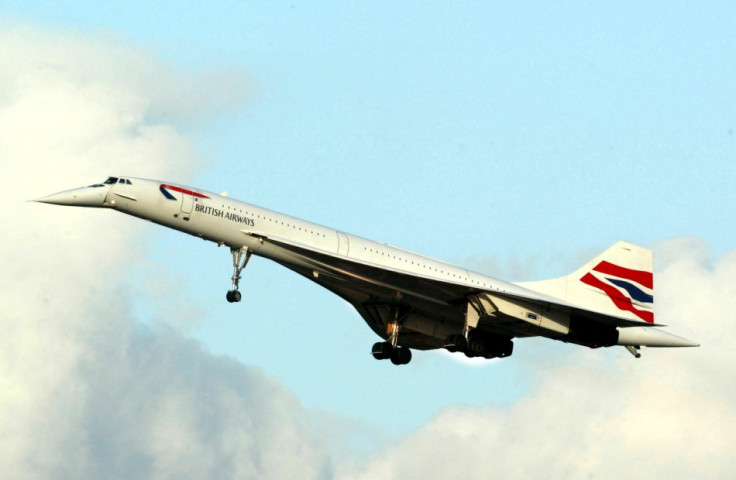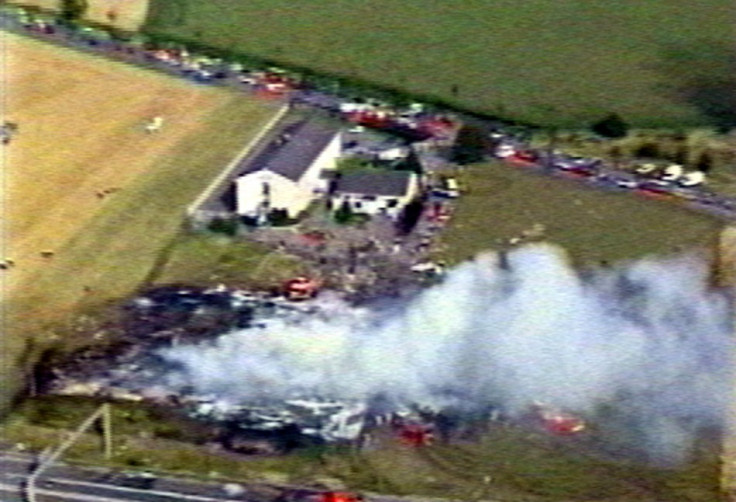Evolution Study: Concorde Was Doomed From the Start

The supersonic trans-Atlantic Concorde was always doomed to fail, experts have said.
Concorde, which could fly from New York to Paris in 3.5 hours, took its first flight in 1969. However it was retired in November 2003, three years after a fatal crash that killed all passengers and crew on board.
Air France and British Airways cited the crash, a slump in air travel and a rise in maintenance costs as the reason for Concorde's retirement.
However researchers at Duke University now have a new theory.
Adrian Bejan, professor of mechanical engineering and materials science, said a law of physics written over 20 years ago can be used to explain why the Concorde failed.
Published in the Journal of Applied Sciences, he said: "The evolution of Earth's species occurred on a timescale far too large for humans to witness. But the evolution of our use of technology and airplanes to transport people and goods has taken place in little more than a single lifetime, making it visible to those who look.

"Evolution is a universal phenomenon encompassing technology, river basins and animal design alike, and it is rooted in physics as the constructal law."
Constructal law propounds that, for a system to survive, it must evolve to increase its access to flow. For example, the human vascular system has evolved to provide blood access to flow through a network of a few large arteries and many small capillaries. River systems, tree branches and modern highway and road networks show the same forces at work.
With aircrafts, this means more people and goods being flown across the planet. In terms of design, the engine mass must remain proportional to the body size, the wing size should be in line with the fuselage length, while the fuel load should fit with the total weight.
"The same design features can be seen in any large land animal," he said. "Larger animals have longer lifespans and travel farther distances, just as passenger airplanes have been designed to do."
While current commercial airplanes fit in with the model of evolution, the Concorde does not, having a limited passenger capacity, low mass-to-velocity ratio, off-the-charts fuselage-to-wingspan ratio, huge engines and poor fuel economy.
"The Concorde was too far off from the ratios that evolution has produced in passenger jets," Bejan said. "It would have had to adhere to the constructal design rules to succeed."
© Copyright IBTimes 2025. All rights reserved.






















